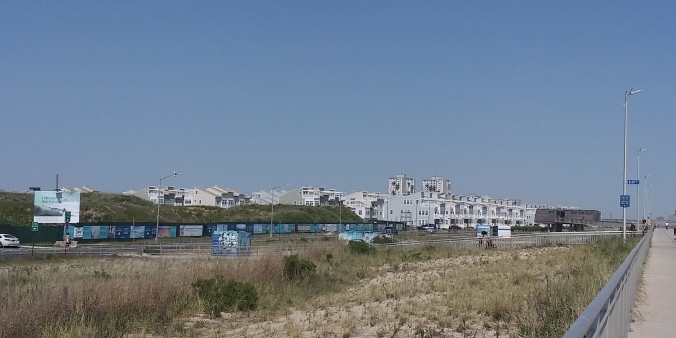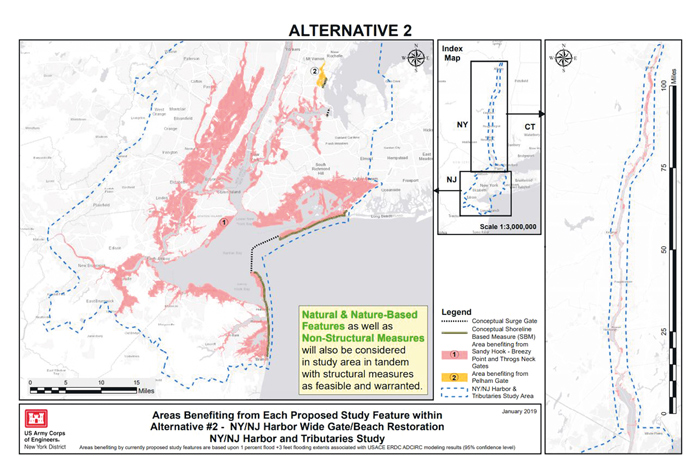
As New York City sinks under the mass of its own weight, some hotspots are sinking faster than others, including LaGuardia Airport, Arthur Ashe Stadium and Coney Island, according to a new NASA report.
Researchers with NASA’s Jet Propulsion Laboratory and Rutgers University identified several key locations within the five boroughs that are sinking faster than the average 1.6 millimeters per year experienced by the rest of New York City.
LaGuardia’s runways and Arthur Ashe Stadium – home of the US Open – both saw the most rapid sinking from 2016 to 2023, falling at 3.7 and 4.6 millimeters per year, respectively, researchers published Wednesday in Science Advances.
Scientists warned that while the city’s sinking might seem slow, the addition of rising sea levels could prove disastrous during powerful storms like Sandy.
“Protecting coastal populations and assets from coastal flooding is an ongoing challenge for New York City,” the researchers wrote. “The combined effect of natural sea level variations and destructive storms is being increasingly exacerbated by ongoing sea level rise.”
Along with LaGuardia and Arthur Ashe, the study found that Interstate 78, which passes through the Holland Tunnel that connects Manhattan to New Jersey, was also sinking at nearly double the rate of the rest of the city.
The same was true for Highway 440, which connects Staten Island to the Garden State.
Other areas sinking faster include Coney Island, the southern half of Governors Island, Midland and South Beach in Staten Island, and Arverne by the Sea, a coastal neighborhood in southern Queens.



















